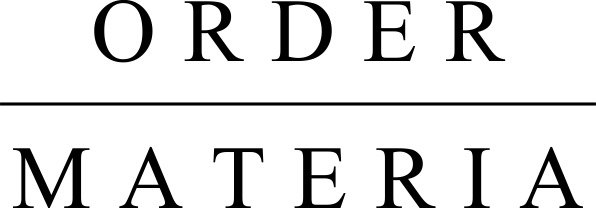For The Love Of Lashes - The History of False Eyelashes
Have you ever given a thought about your false lashes? False eyelashes have been around for decades and with the rise of social media, they have dominated the beauty scene.
So where did the obsession with our lashes begin? Around 3500 BC, the Ancient Egyptians began using brushes and ointments to obtain voluminous lashes. Men and women used materials like Malachite to darken their lashes. Men and women artificially coloured and lengthened their lashes with kohl, a black putty made of lead sulphide that was applied to the eyes. Kohl has anti-bacterial properties, protecting their eyes from infections. Around 753 BC the philosopher Pliny the Elder said that short lashes were a sign of ageing, so the Romans started to use eyelash enhancement procedures. They used burnt cork and coal to achieve their glamorous look. The Romans also believed long lashes were a symbol of morality and virginity. During the Middle Ages, eyelash extensions went in and out of fashion. The church said that having too much hair was erotic, so women would pluck out their eyelashes and eyebrows to show more of their foreheads. The methods they used were dangerous as they needed their eyelashes for keeping dust and debris out of their eyes. The trend quickly went out of fashion.
The perfumer to Queen Victoria, Eugene Rimmel, created the first mascara in the mid-1800s, using Vaseline jelly and coal dust. In 1882 Parisian women were reported to sew hairs on their eyelids for enhancement. There were reports of women getting eyelashes implanted with needles, and not surprising this didn’t become popular.
Around 1899 The Dundee Courier ran a story about the implant procedure.
An ordinary fine needle is threaded with a long hair, generally taken from the head of the person to be operated upon. The lower border of the eyelid is then thoroughly cleaned, and so that the process may be as painless as possible rubbed with a solution of cocaine. The operator then with a few skilful touches runs his needle through the extreme edges of the eyelid between the epidermis and the lower border of the cartilage of the tragus. The needle passes in and out along the edge of the lid leaving its hair thread in loops of carefully graduated lengths.
In 1911 a Canadian inventor, Anna Taylor patented artificial eyelashes. Her invention included glue on lashes or strip lashes that were thought to be made from human hair. Then a German hairdresser Karl Nessler provided a false lash service at his New York City salon. He advertised them ‘ as a guard against the glare of electric lights'.
In 1916 during the filming of ‘Intolerance’ the director D.W. Griffith noticed that actress Seena Owen’s eyes didn’t stand out enough on film. He appointed a wig maker to create larger eyelashes for her. The wig maker wove human hair through gauze and glued them to the actress's eyelids. After this, the bigger eyelashes women could achieve the better.
In the 20s and ’30s advertisements featuring women with huge eyelashes appeared in Vogue. Stars like Marilyn Monroe, Judy Garland and Rita Hayworth all wore voluminous lashes. By the 50s fake eyelashes became a staple in western culture. The ’60s saw women copying Twiggy’s big dramatic doll-like look, with fake lashes on the top and bottom lashes, with 20 million pairs sold. In the 70s and 80s the false eyelash look began to fade with women favouring their natural lashes, but the ’90s saw a swing to the false lash look once again. During the 1990s and 2000’s semi-permanent lash extensions were born.
The false eyelash market is predicted to reach £1.6 billion by 2025. Longer fuller lashes can help women feel more confident and many women wear them daily as they save time in applying mascara to their natural lashes. The lash extension business is booming, it's a trend that will last.
